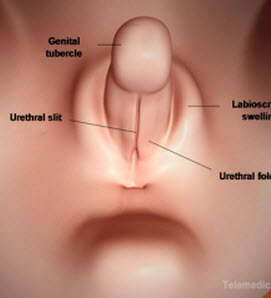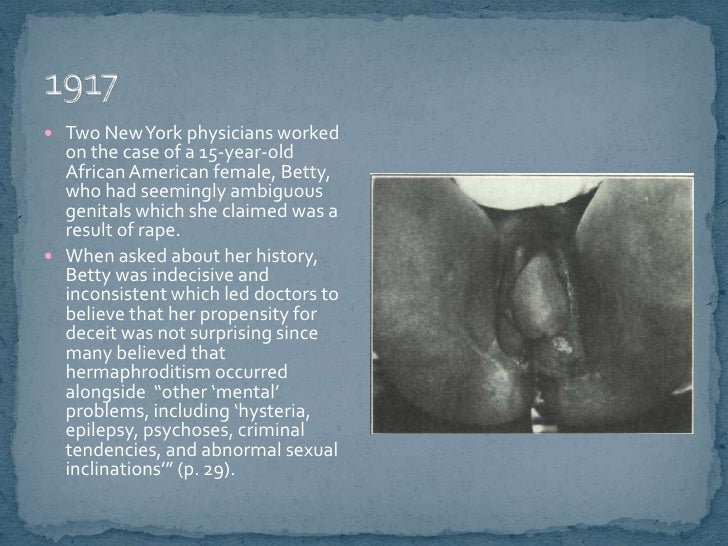No. The mythological term “hermaphrodite” implies that a person is both fully male and fully female. This is a physiologic impossibility. The words “hermaphrodite” and “pseudo-hermaphrodite” are stigmatizing and misleading words.
She could just as easily be called, in the language of the later twentieth century, a fetishistic transvestite, a lesbian, a latent transsexual or a hermaphrodite. — Longreads, “The Roaring teens of Queer London,” 8 May 2018
A surprising study has found that frogs in suburban lakes tend to be mostly female, and suggests that urbanization and estrogenic wastes are likely turning male frogs female. In a study published September 7 in the journal Proceedings of the National Academy of Sciences, researchers sampled
Plant reproductive morphology is the study of the physical form and structure (the morphology) of those parts of plants directly or indirectly …



Biology Dictionary – H to HYSTRIX: Meanings of biology terminology and abbreviations starting with the letter H.

So far as we can tell, most medical centers still practice the concealment-centered model of care that grew out of Hopkins’ optimum gender of rearing system. We still hear many reports of “normalizing” (medically unnecessary) genital surgeries and hormone treatments that were not consented to by the patient, and of adult patients and

Most beings in the galaxy belonged to one of two sexes, or genders—namely male or female—which determined sexual and physiological traits. However, more than four genders existed throughout the galaxy.
Hermaphrodite definition, an individual in which reproductive organs of both sexes are present. See more.





Hermaphroditism: Hermaphroditism, the condition of having both male and female reproductive organs. Hermaphroditic plants—most flowering plants, or angiosperms—are called monoecious, or bisexual.